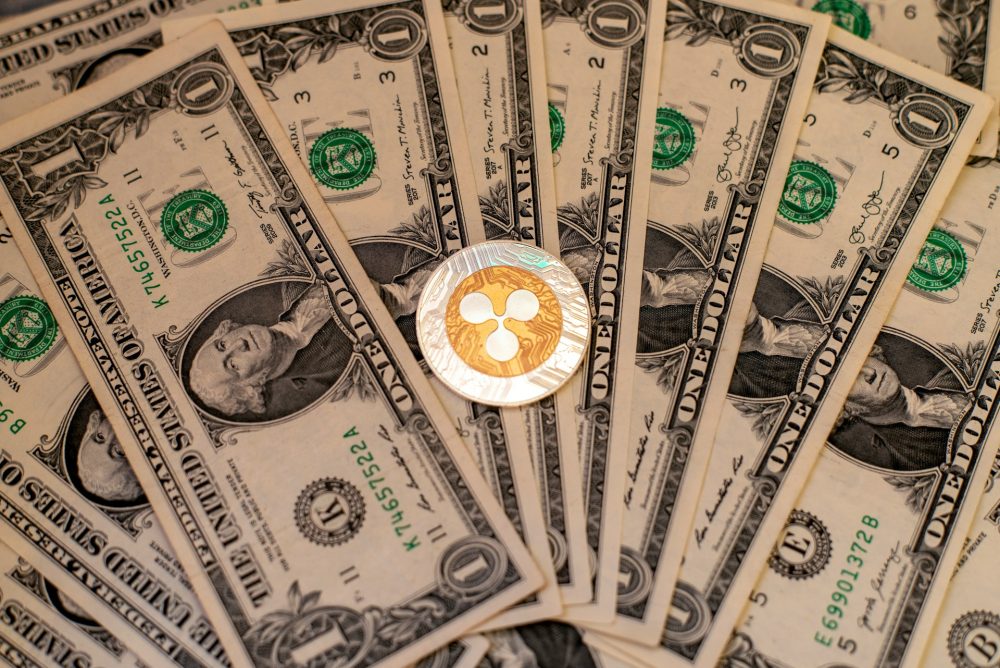Crypto
Over $500 Million Lost in Memecoin Scams in 2024
In 2024, over $500M was lost to memecoin scams, mainly through “rug pulls.” Investor greed and lack of regulation fuel these schemes. Calls for stricter regulations and security measures are growing. To avoid losses, investors must research projects carefully. Strengthening transparency and oversight is crucial for a safer, more sustainable crypto market.

The loss of over $500 million in memecoin scams in 2024 is not only raising alarm bells in the crypto community, but is also calling for increased attention to security solutions and regulations. In the ever-changing world of cryptocurrencies, the phenomenon of “rug pulls” threatens to cost investors billions worldwide. But what is really behind these memecoin scams and what lessons can we learn from them?
The nature of memecoins and their vulnerability
Memecoins are digital currencies inspired by viral internet trends or popular cultures. Typical examples are Dogecoin or Shiba Inu, which became known both for their entertaining origins and for widespread community support.
Yet it is precisely this entertaining and also speculative nature that makes them a vulnerable target for scammers. In 2024, over $500 million was lost to scams involving such coins, mostly in the form of “rug pulls” – a phenomenon in which the developers of a token suddenly withdraw all funds and leave investors with worthless tokens.
CoinDesk report reveals dimensions in memecoin scams
According to a report by CoinDesk, crypto investors are increasingly losing money in these fraudulent memecoin projects. The figure of over $500 million includes a large number of projects that were able to profit due to a lack of regulation or investor caution.
Recent examples of such “rug pulls” show how quickly highly charged and poorly supported projects can collapse when the founders suddenly run away.
How does this happen? The role of market psychology and greed
While many of the more blatant memecoin scams are created through explicit deception, investor psychology also plays a role. The prospect of making extreme profits from small investments leads many investors to make their decisions uncritically and with insufficient research.
Programs such as pump-and-dump schemes amplify this effect by artificially generating demand and driving up the value of a token before causing it to crash. Memecoins in particular are an ideal breeding ground for such activity due to their volatile nature and lack of substance.
Regulatory initiatives and security measures
Given the alarming loss figures in 2024, calls for stricter regulatory measures are growing louder. Countries around the world are currently examining ways to make cryptocurrency trading safer without stifling innovation.
A key starting point is to establish tougher penalties for fraudulent projects and improve the flow of information and transparency of new projects. On the other hand, it is also up to investors to become more cautious. Implementing due diligence tools to check the validity of new projects and their developers could be a first barrier against blackouts and sudden crashes.
Conclusion: Learn lessons and take new paths
The losses in the memecoin sector in 2024 are a cautionary tale of the importance of exercising both caution and knowledge in a market as speculative and volatile as that of cryptocurrencies. For investors, this means always staying informed about potential projects and not just chasing the hype or potential short-term gains.
For the entire crypto community, it shows that there is an urgent need for action to strengthen the integrity and security of the market, both through individual precautions and through regulatory frameworks. This is the only way to overcome the pitfalls of greed and build a sustainable and secure crypto world.
__
(Featured image by Crystal Mapes via Unsplash)
DISCLAIMER: This article was written by a third party contributor and does not reflect the opinion of Born2Invest, its management, staff or its associates. Please review our disclaimer for more information.
This article may include forward-looking statements. These forward-looking statements generally are identified by the words “believe,” “project,” “estimate,” “become,” “plan,” “will,” and similar expressions. These forward-looking statements involve known and unknown risks as well as uncertainties, including those discussed in the following cautionary statements and elsewhere in this article and on this site. Although the Company may believe that its expectations are based on reasonable assumptions, the actual results that the Company may achieve may differ materially from any forward-looking statements, which reflect the opinions of the management of the Company only as of the date hereof. Additionally, please make sure to read these important disclosures.
First published in BLCOK-BUILDERS.DE. A third-party contributor translated and adapted the article from the original. In case of discrepancy, the original will prevail.
Although we made reasonable efforts to provide accurate translations, some parts may be incorrect. Born2Invest assumes no responsibility for errors, omissions or ambiguities in the translations provided on this website. Any person or entity relying on translated content does so at their own risk. Born2Invest is not responsible for losses caused by such reliance on the accuracy or reliability of translated information. If you wish to report an error or inaccuracy in the translation, we encourage you to contact us

-

 Biotech2 weeks ago
Biotech2 weeks agoNurExone’s Exosome Platform Gains Global Spotlight with Dual 2025 Award Nominations
-

 Business5 days ago
Business5 days agoThe TopRanked.io Weekly Digest: What’s Hot in Affiliate Marketing [K4G Affiliates Review]
-

 Business2 weeks ago
Business2 weeks agoThe TopRanked.io Weekly Digest: What’s Hot in Affiliate Marketing [PureVPN Affiliate Program Review]
-

 Crypto7 days ago
Crypto7 days agoXRP Poised for a Breakout: Why 2026 Could Finally Deliver the Growth 2025 Delayed

























